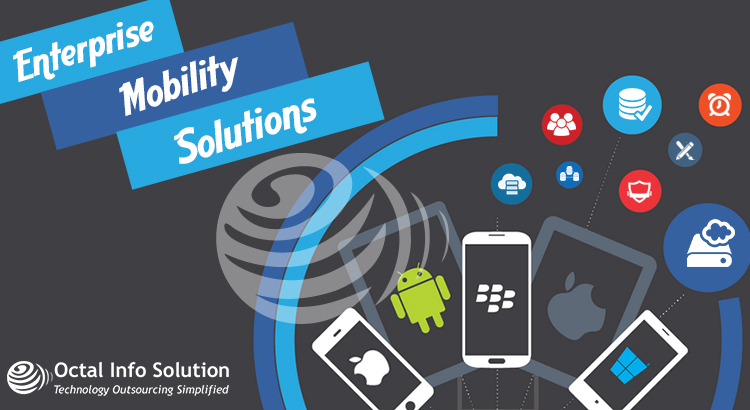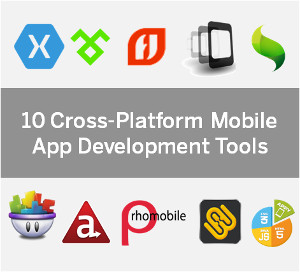Enterprises Must Consider 6 Best Practices Making Mobility Work
According to a recent study named IDG Enterprise, it is found that most of the companies invest a big share of their money on mobile apps and other practices of mobility initiatives. Mobility is considered crucial by 68 percent of CIOs and managers. No wonder that 70 per cent of respondents plan to put their money of about a fifth of their IT budget on mobility.

Create Infrastructure Ready Enterprise Mobility Demands
A number of users consider Local Area Networks (WLANs) as predictable and quick as Wired LANs and shove IT to engage WLANs to serve both business as well as personal devices. The complication of problem diagnosis and network management raises and these become extra challenging as enterprises depend increasingly on WLANs for critical communications. Scarcity of service for individual devices of the employees or inadequate coverage of these, along with below par performance, are one of the issues that influence WLANs as several are not designed for offering such critical services.
Bring Your Own Device (BYOD) Policy
One of the biggest challenges faced by the companies since the inception of the PC has been is to implement the ‘Bring Your Own Device Policy’. Many companies, at present, are introducing BYOD policies to accomplish employee demands to use personal devices. Device management, Workspace delivery and information security are among the challenges being enlarged due to the implementation of the BYOD programs. Various platforms for mobile do not show constant security implementation of workspace delivery mechanisms, end point and MDM tools security controls unfortunately. IT experts must proactively foresee future demands, create policies and implement programs through co-association with users of BYOD.
Identity and Access Management
Security and Risk Management
Excellent User Experience for Enterprise Mobility Apps
Enterprise app development comes into the picture when your enterprise needs a fine UX. For almost all mobility projects, one scale of success that has nearly become predominating is user experience (UX). (B2E) Business-to-employee apps do not often give as good a UX as (B2C) business-to-consumer ones. Essentially, programmers seem to comprehend that they have to offer a fine UX for B2C apps; however, it is not the case with B2E apps.
Single Point Application Management
A secure and centralized user portal has to be provided where all the apps needed for business purposes, whether proprietary or commercial, should be handy for all end users. All patches, updates and related versions for web apps, static apps, virtual apps and all the business apps should be made available through a single point of access.
Conclusion
The mobility of an enterprise’s employees determines, to a great extent, its potential to attain profitability, competitive advantage and the goals of the organizations. For organizations, it is necessary to understand the aforementioned best practices to implement them and get benefited. Employees need flexibility in, when, where, and how they access IT support of the business for the expansion of their productivity. Mobile application development is a complete solution for all such requirements.


 Arun
Arun







